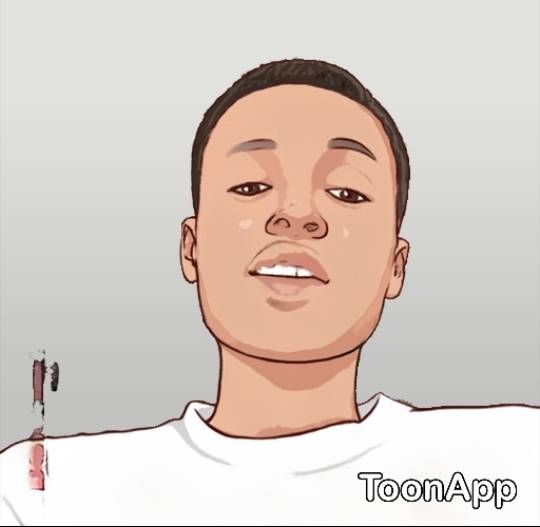Being well armed and even well practiced is not the full answer to unexpected peril. Centuries-old tactics still apply to the modern man.
Powerful armies like the ancient Greeks, Romans and Persians specifically trained their warriors for that critical moment when they would eventually meet their enemies face-to-face. For those guys, charging into battle — hearts pumping, breathing heavily, weapons raised, ready to slam into opponents — was just another day at the office. Despite their training and experience, these warriors were faced with the debilitating effects of shock each time they went into action. Just try to imagine what ran through their minds as they impaled themselves, one atop of another, in brutal hand-to-hand edged-weapon combat.
Shock Today
What is our modern-day equivalent? After a long day, you decide to stop by the grocery store on your way home. You step out of your car. It’s raining. As you walk toward the entrance, you feel something puncture your jacket and touch your skin. The next thing you hear is, “OK Pal, gimme your cash or I’ll stick you like a pig.” Shock, 21st century style.
“Hell, I’ll just reach into my fanny pack and give him a few hollow points to worry about…” you may think after overcoming the initial surprise. But with that knife already in your back, he can step forward and nail your kidneys three times while you’re busy fidgeting with your zipper.
Being caught in a knife fight and not having the time to access your concealed firearm is a street-scenario nightmare. Though you may carry a handgun and be highly skilled — able to engage a target under extreme pressure, from concealed carry, in under 2 seconds — the attacker can slash you, hack you, or run straight through your middle long before you can bring your muzzle to bear.
Fortunately, there are a couple of aces you can keep up your sleeve if you ever find yourself caught between a blade and a hard place. But you have to remember, any engagement with an edged weapon presents two essential elements that need to be overcome before you can point your muzzle on target. You must overcome shock, and you must break the contact connection.
Overcoming Shock
Finding a class that teaches how to deal with shock is difficult, if not impossible. But some golden nuggets of wisdom do exist — preserved from the battlefields of yesteryear — that we can use in our daily, modern lives.
Humans anatomically freeze when threatened with an edged weapon. The thought of loosing life or limb stuns us into shock, and as a result we stop breathing. Ancient studies of shock illustrate that the average male will slightly inhale and momentarily freeze his breath when threatened (as documented by Procopius, the military historian of the 6th Century Byzantine Count General Belisarius who rid Rome of the Ostrogoths in 536 A.D).
Our body activates its primal response mechanism, and we remain motionless for some time before the fight-or-flight mechanism kicks in. The length of time varies from person to person, but the common denominator remains consistent: Our bodies freeze for a measurable amount of time. We give our enemy the classic advantage of surprise attack and put ourselves on the reactive side of the fence.
The masters of old admonish us to this very day that: “Reaction is always slower than action.” Our only hope is to minimize our reaction time and attempt to convert precious seconds into action as quickly as possible.
So what’s the best way to turn reaction into action and decrease the amount of freeze-time caused by shock? The famous Japanese swordsman Miyamoto Musashi offers this sage advice: “The body and breath can be frozen, but the mind cannot.” Standard operating procedure, should you be confronted by shock, is to free your mind and then free your breath. The body will naturally follow. Breathe. Focus on the situation at hand and simply breathe.
Try this the next time you avoid an accident on the freeway or a loud noise startles you at night. Once alarmed, focus your mind and then free your breath. Later, try and analyze the phenomenon of shock and how you reacted to it. How long were you frozen? Were you immediately able to free your mind and your breath and effectively react to the situation at hand by turning your reaction time into action?
Practice managing shock during dicey situations, and you will significantly prepare yourself for thinking and acting fast should you ever need to protect yourself.
Contact Connection
Contact Connection is the physical connection between the opponent, his weapon and any part of your body.
Unlike firearms, edged weapons are contact weapons. In order for contact weapons to be effective, they must make the connection from attacker to would-be victim. In other words, his hand must be on the knife, screwdriver, razor blade or whatever else he’s holding; and the sharp edge or point must contact some part of your body.
No contact connection renders an edged weapon useless. Therein lies the age old secret — break the contact connection and you break the weapon’s effectiveness. If your attacker loses his grip, or the knife’s edge and tip do not touch you, no physical harm can result.
You can employ several methods to break the contact connection: First, use an obstacle to break the connection. Put something between yourself and the edge. This can be distance, your briefcase, your coat, a trash can or car door — anything will do if placed between yourself and the threat.



No comments yet
Be the first to share your thoughts!